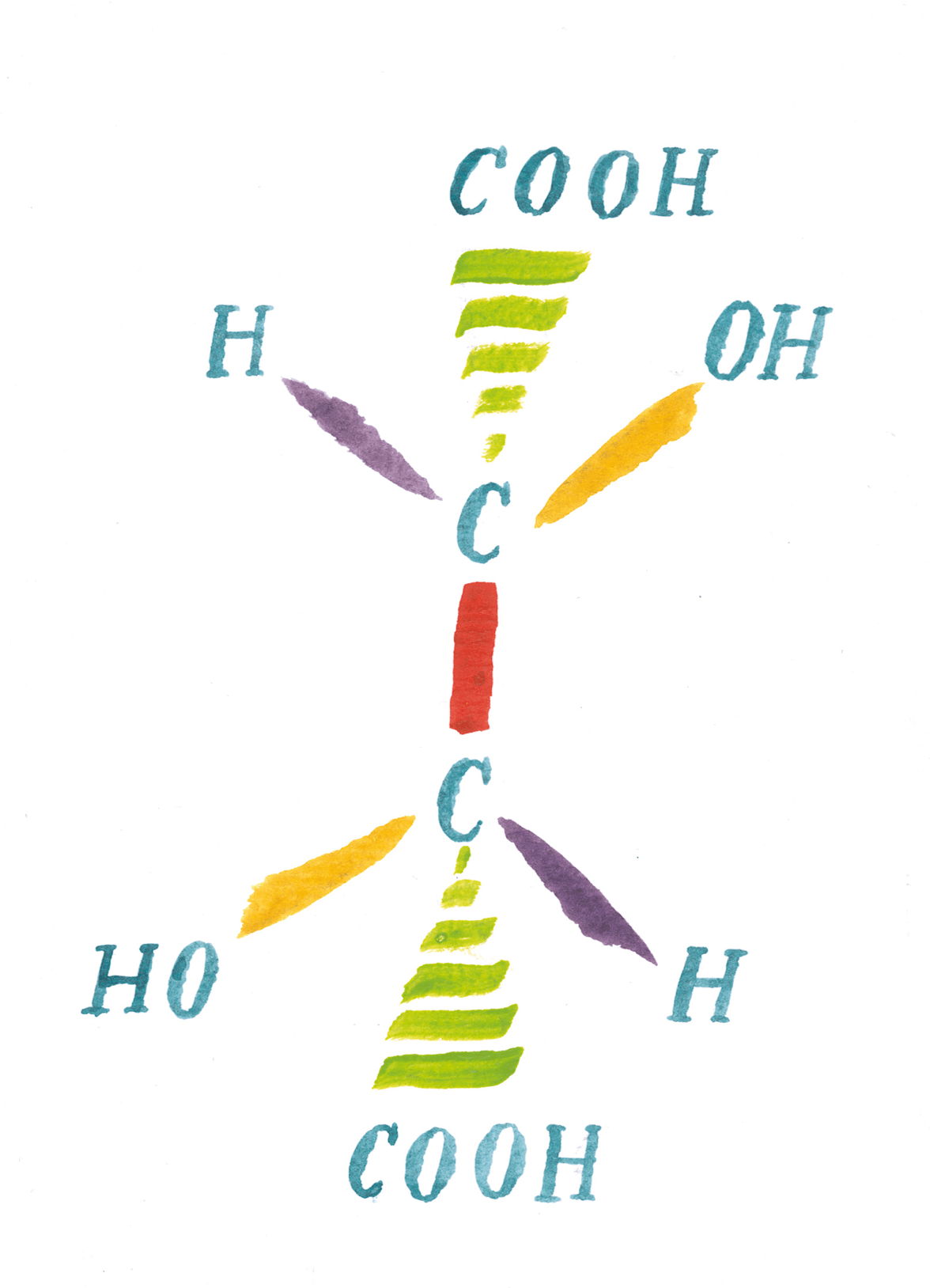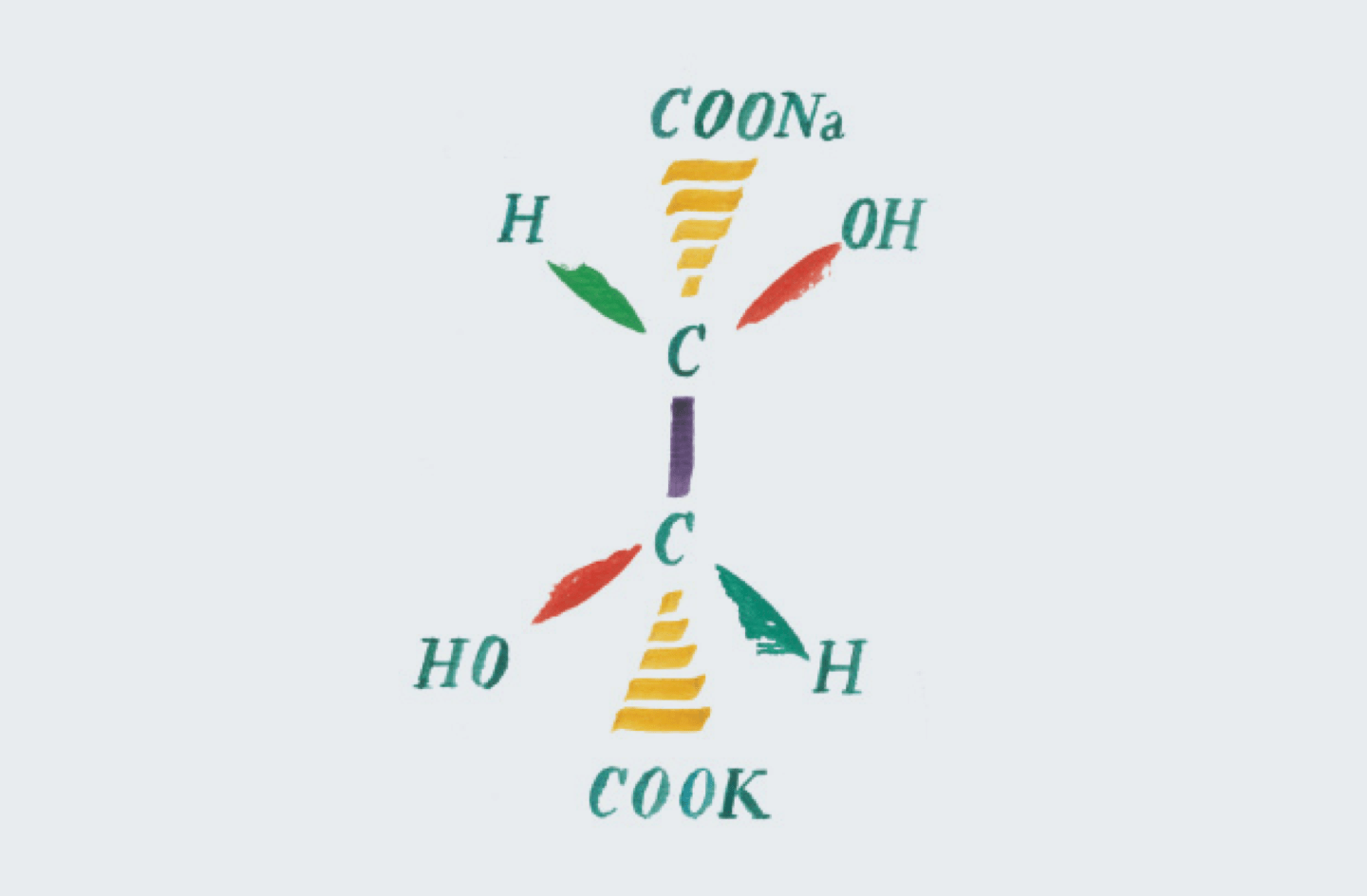
Tartaric acid is an organic acid, a natural product of grapes, obtained from the must, lees and pomace. It is odourless with a crystalline, white appearance. Of the various forms of tartaric acid present on the world market, the only form of acid naturally present in grapes and wine is L(+) tartaric acid. The Natural Tartaric Acid supplied by Randi Group comes exclusively from calcium tartrate obtained from the processing of by-products of the wine industry such as lees and pomace. It is a natural product that is highly versatile and has a multitude of uses in industry thanks to its numerous qualities: as an acidifier, antioxidant, stabiliser and pH corrector to name just a few. Widely utilised in the food and cosmetics sector, natural tartaric acid also has multiple uses in various fields.




